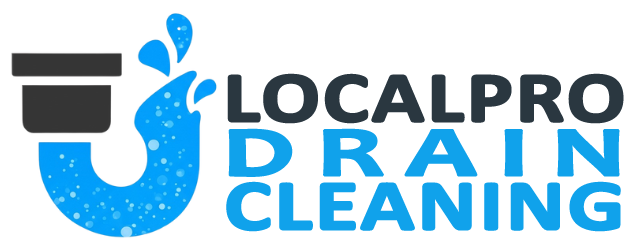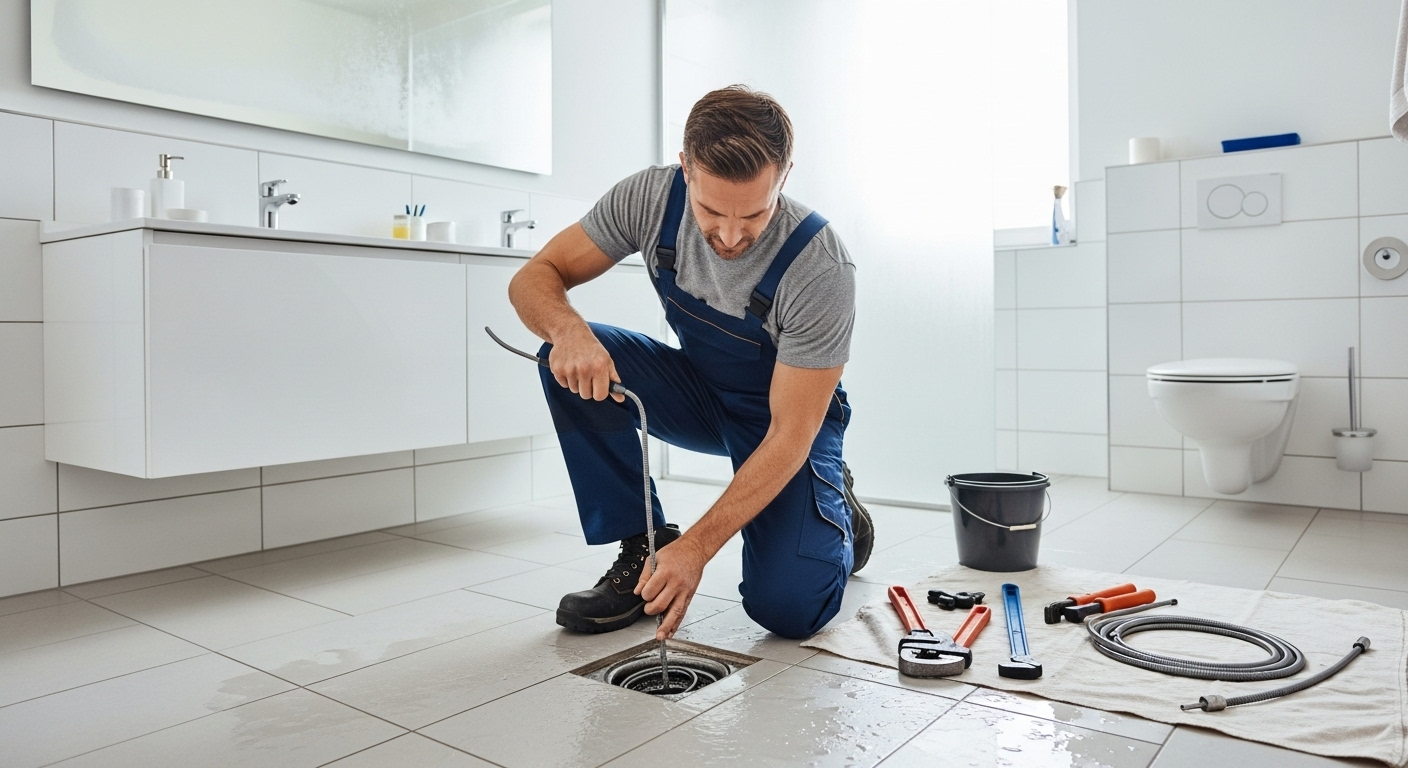no one likes dealing with clogged or smelly drains. Whether it’s the kitchen sink, the bathroom shower, or the laundry room floor drain, buildup happens. Over time, hair, soap scum, grease, food particles, and all sorts of gunk can accumulate, slowing your drain and creating odors you can’t ignore.
When this happens, many people immediately reach for a chemical drain cleaner. It’s fast, convenient, and seems like a simple fix. But here’s the truth: chemical drain cleaners are harsh, toxic, and often do more harm than good. They can corrode your pipes, pollute water systems, harm pets, and even irritate your skin or lungs.
The good news? There are safe, effective, and eco-friendly alternatives that can keep your drains clean and clear without the chemicals.
In this article, we’ll explore eco-friendly ways to clean your drains that are not only good for your plumbing but also better for your home, your family, and the planet.
Baking Soda and Vinegar – The Classic Natural Cleaner
This time-tested combination is more than just a fun science experiment – it’s a powerful cleaning solution.
How it works:
When you pour baking soda (a base) and vinegar (an acid) down your drain, they create a fizzy chemical reaction that helps break down minor clogs and buildup. It’s great for dissolving grease, deodorizing, and loosening gunk clinging to the pipe walls.
How to use it:
- Pour 1/2 cup of baking soda down the drain.
- Follow with 1 cup of white vinegar.
- Let it sit for 15-30 minutes (or longer if the drain smells particularly bad).
- Flush with a pot of boiling water to clear away loosened debris.
Use this combo once a month as preventive maintenance or whenever your drain seems sluggish or smells funky.
Boiling Water Flush
Sometimes, the simplest solution is the best – hot water alone can do wonders for your drain.
Pouring boiling water down your sink or shower drain once a week can help:
- Melt away grease and oils
- Loosen soap residue
- Flush away small debris
- Eliminate mild odors
Important: Only use boiling water on metal pipes. If your home has PVC (plastic) pipes, use hot (not boiling) water to avoid softening or damaging the plastic.
Salt and Hot Water Scrub
Salt isn’t just for seasoning your food – it’s also a gentle abrasive that can scrub away grime and buildup in your drainpipes.
How to use it:
- Pour 1/2 cup of salt down the drain.
- Follow with hot water (not boiling).
- Let it sit for 10–15 minutes.
- Rinse again with more hot water.
This method is especially useful in kitchen sinks to help break up greasy residue.
Lemon Juice for Freshness
If your drains are mostly clear but just smell a little off, lemon juice is a great natural deodorizer. It’s acidic enough to cut through mild buildup and leaves a clean, citrusy scent behind.
How to use it:
- Squeeze the juice of one or two lemons directly into the drain.
- Let it sit for 30 minutes.
- Rinse with hot water.
You can also use lemon peels by running them through your garbage disposal (with cold water) to freshen it and sharpen the blades.
Enzyme-Based Drain Cleaners
If you want a store-bought solution but still want to stay eco-friendly, look for enzyme-based or bacterial drain cleaners. These products use natural enzymes and bacteria to break down organic material like food, grease, hair, and soap without harming your plumbing or the environment.
Why they’re great:
- Non-toxic and biodegradable
- Safe for septic systems
- Effective for slow drains and buildup
- Won’t corrode your pipes like chemical cleaners
Look for brands that market themselves as septic-safe, green-certified, or non-toxic.
Manual Cleaning Tools (Like a Drain Snake)
Sometimes the best way to clean your drain is to physically remove the clog. Using a drain snake or a simple plastic drain hair tool (often called a “zip-it”) can pull out hair and gunk without using any chemicals at all.
How to use it:
- Remove the drain cover or stopper.
- Insert the tool into the drain.
- Gently twist and pull it back up – be prepared for some gross surprises.
- Run hot water down the drain afterward to clear away any residue.
This method is especially helpful for bathroom sinks, tubs, and shower drains.
Preventative Maintenance Habits
One of the best eco-friendly strategies isn’t about cleaning – it’s about preventing buildup in the first place. Adopting good daily habits will save you time, money, and effort in the long run.
Simple things you can do:
- Use sink strainers to catch food scraps and hair.
- Never pour grease, oil, or coffee grounds down the drain.
- Wipe off greasy pans with a paper towel before washing them.
- Run hot water after using the sink to help flush away residue.
- Do a monthly natural flush with baking soda and vinegar to keep drains clear.
Ice Cubes & Salt for Garbage Disposals
Your garbage disposal can get grimy fast. A safe, chemical-free way to clean it is with ice cubes and coarse salt. This combo helps dislodge debris from the disposal blades and walls.
How to do it:
- Turn off the disposal.
- Pour a handful of ice cubes and 1/2 cup of coarse salt (like rock salt) into the disposal.
- Turn the disposal on with cold water running for 30 seconds.
- Finish with lemon peels for a fresh scent.
Hydrogen Peroxide for Sanitizing
Hydrogen peroxide is a natural sanitizer that can help break down organic material, kill bacteria, and reduce odors.
How to use it:
- Pour 1/2 cup of hydrogen peroxide down the drain.
- Let it sit for 15–20 minutes.
- Rinse with hot water.
It’s a gentle but effective solution for occasional use, especially in drains that get smelly or slimy.
Keeping your drains clean doesn’t have to involve toxic chemicals or expensive plumbing bills. With these eco-friendly techniques, you can maintain a healthy, clog-free drainage system while protecting your pipes, your health, and the environment.
The key is consistency. A little regular maintenance like flushing with hot water, using baking soda and vinegar, and avoiding bad habits goes a long way in preventing clogs and keeping everything flowing smoothly.
So, the next time your drain needs a little attention, skip the chemical bottle and try a natural, greener approach instead. Your home (and the planet) will thank you for it.

